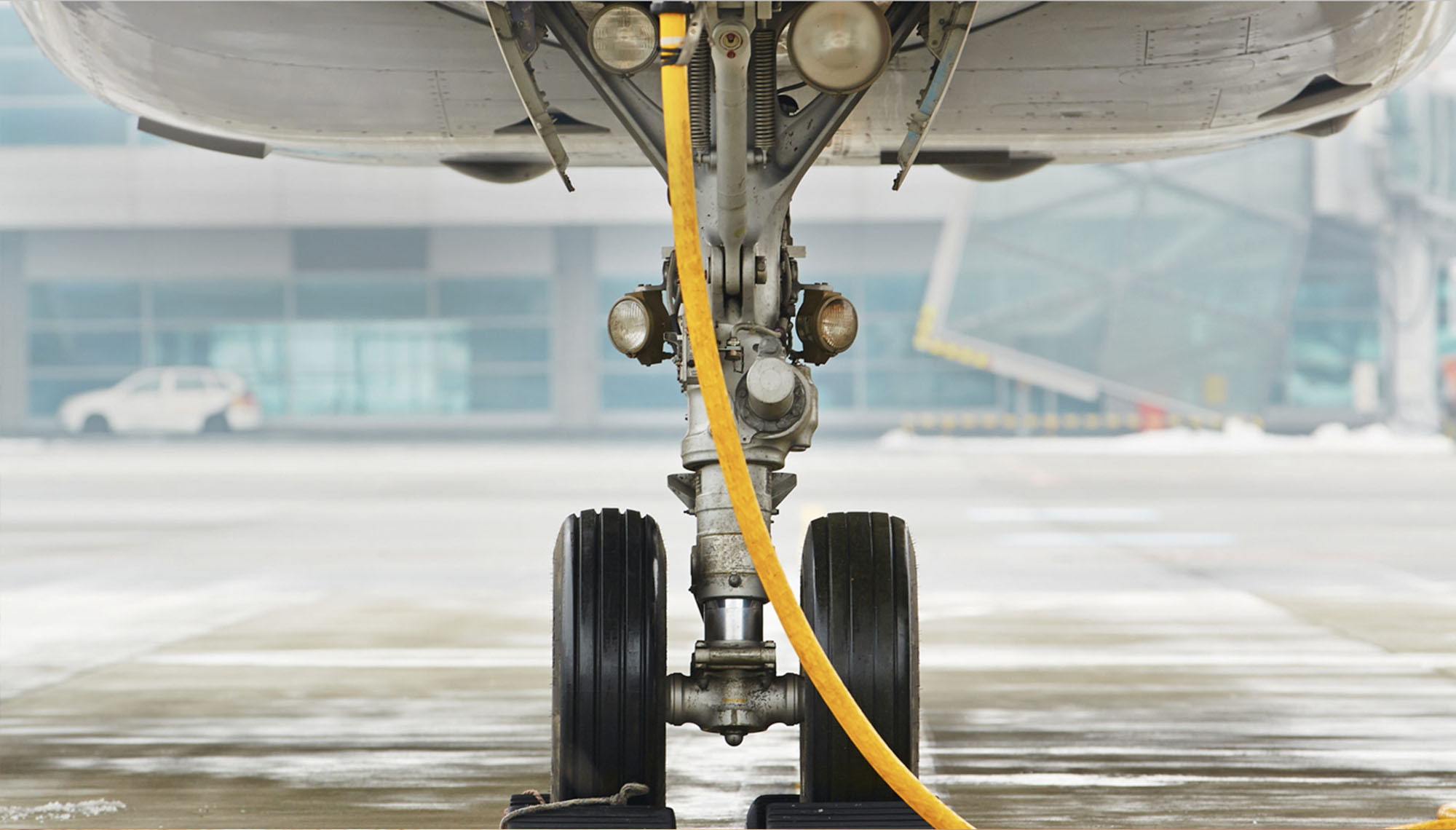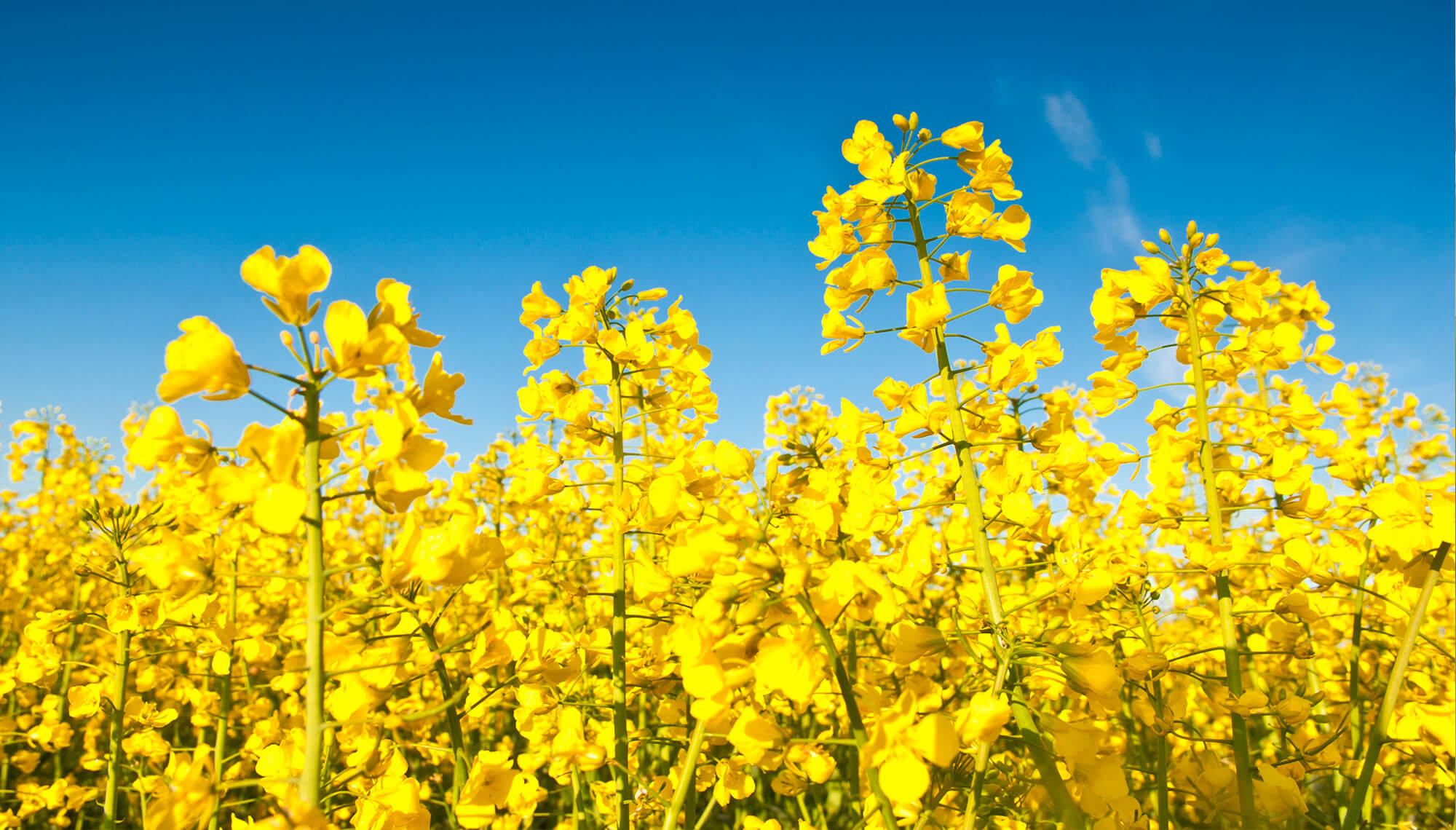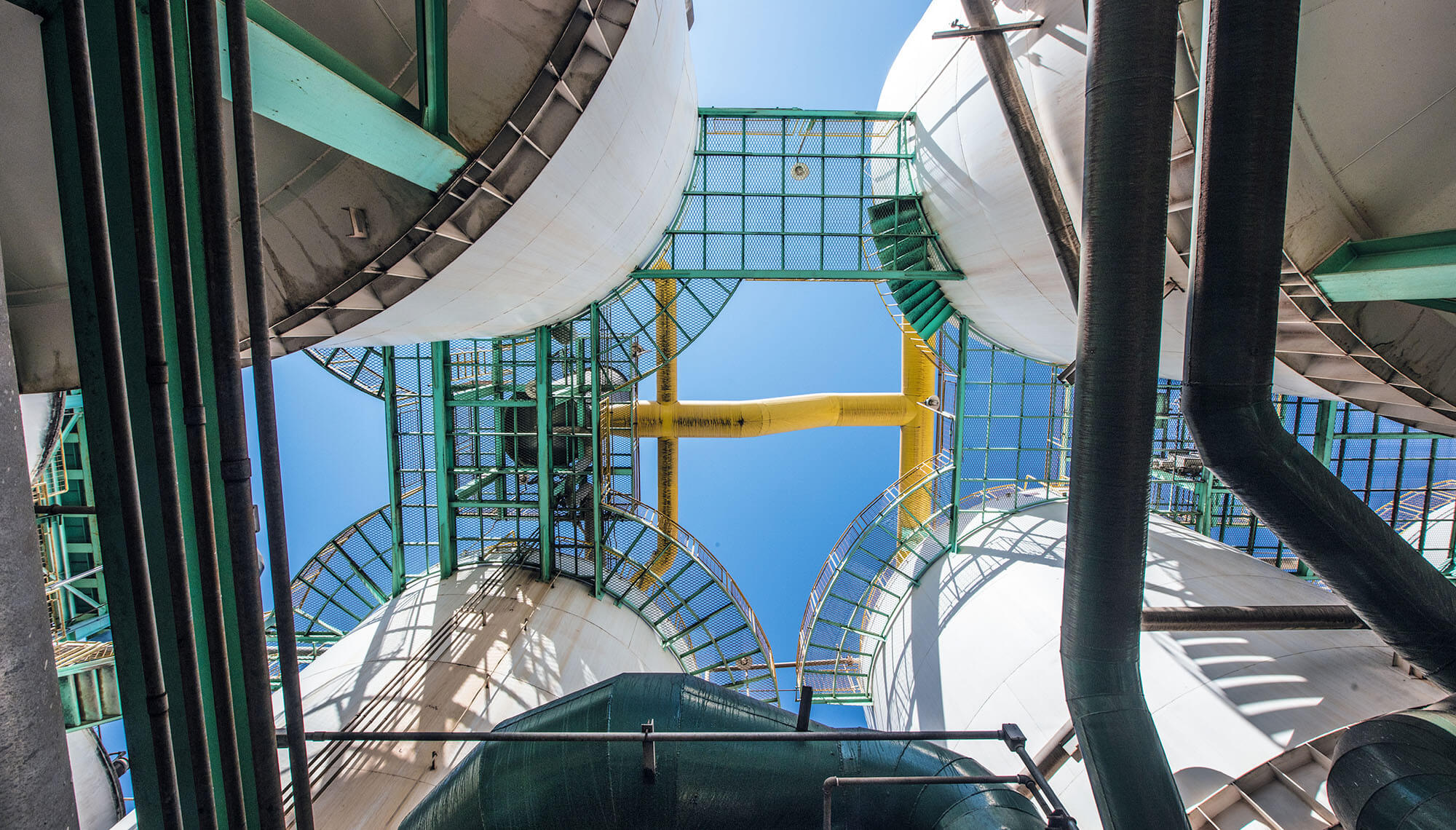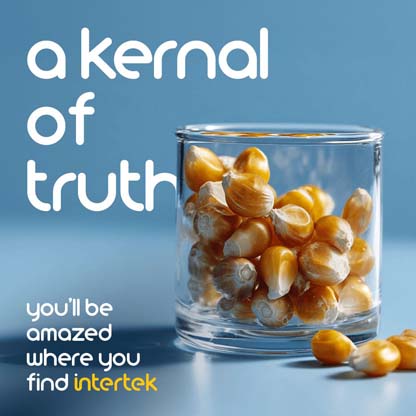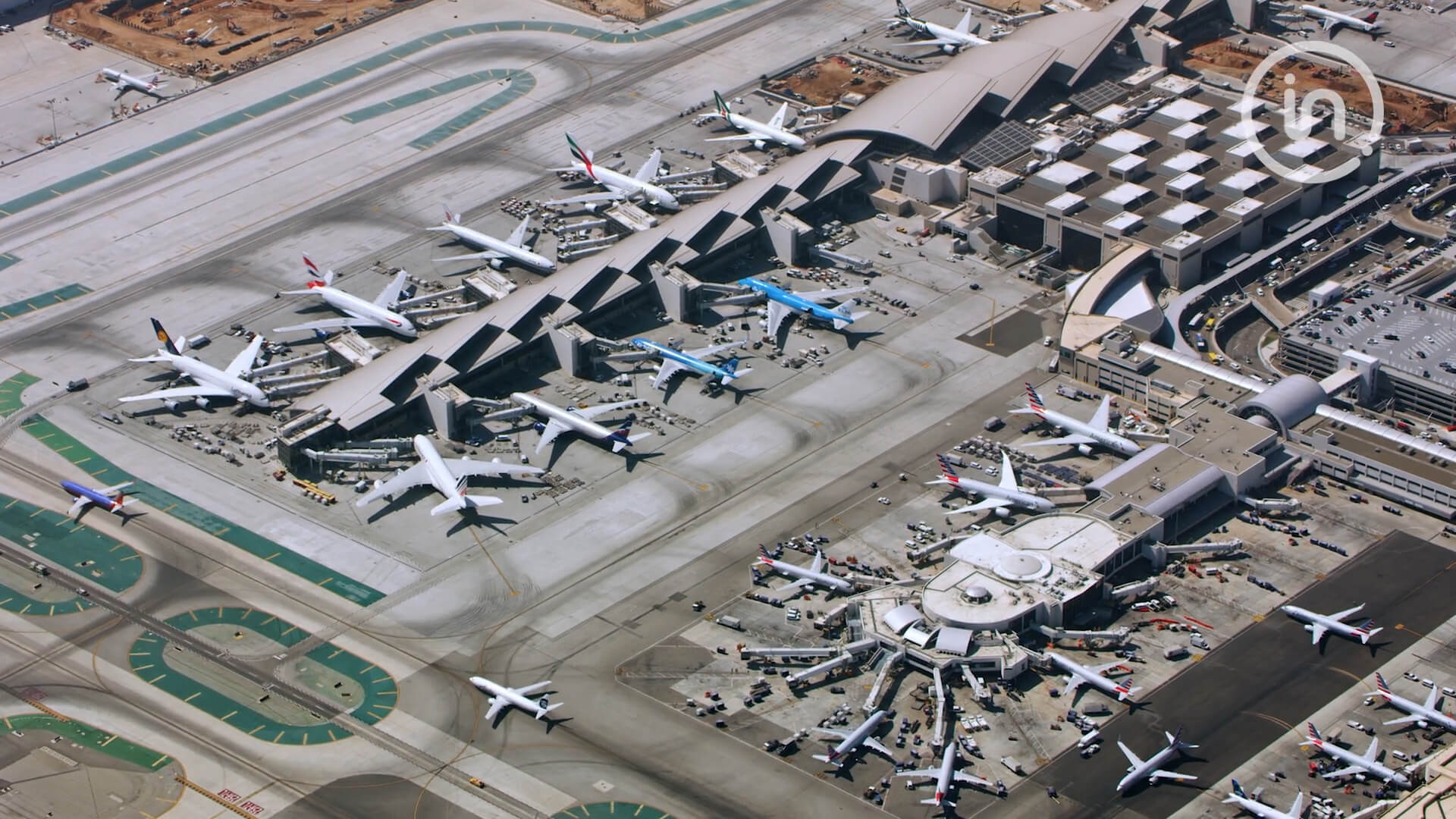Assessing the biogenic content of fuels is essential for verifying the percentage of renewable components in fuel blends.
In response to the increasing demand for this service, especially within sustainable fuels, our Caleb Brett fuels and aviation laboratory offers comprehensive C-14 analysis testing in accordance with ASTM D6866, complementing the existing fuel and feedstock specifications such as Sustainable Aviation Fuel (SAF).
Why use Carbon-14 Measurements for Biogenic Materials?
Carbon-14 is a radioactive isotope of Carbon, made in the Earth’s upper atmosphere and decays over time. As such the Fossil Petroleum sources locked away underground have lost all their Carbon-14 content. Therefore, this is the only analytical method that can differentiate between a fossil or biogenic hydrocarbon. For example, fossil-derived Ethanol and Ethanol from fermented sugars are indistinguishable in use fuels and are typically blended with hydrocarbons from fossil sources, so the C-14 content can be used to determine the amount of biogenic material blended. For example, a 50:50 blend would give a 50% C-14 result.
This can be measured using two methods: Liquid Scintillation Counting (LSC), currently offered at our UK (ASTM D6866) and Netherlands labs (DIN 51637), and Accelerator Mass Spectrometry (AMS) D6866, available on request via our 3rd party affiliate in France.
The Process (ASTM D6866)
Any combustible material can be analysed by ASTM D6866. In this methodology the sample is converted to a suitable for of Carbon for 14C measurement. In LSC (D6866), the sample is first combusted to produce CO2, which is then converted through multiple steps into benzene. The benzene is mixed with a scintillation cocktail, which emits light in response to the Beta decay. The intensity of this light is proportional to the rate of decay, allowing the C-14 content to be determined. The maximum total error for this method is 3% (absolute).
DIN 51637 also uses LSC, however it is restricted in the type of materials to middle distillate fuels as it requires minimal sample preparation.
AMS (D6866) directly quantifies C-14 concentration by first combusting the sample to produce CO2. This CO2 is then purified and reacted with hydrogen to form graphite. The graphite is analyzed in a mass spectrometer, where the number of C-14 atoms is measured, like LSC, the maximum total error of 3 % (absolute).
Our expertise expands across the United Kingdom and the Netherlands meaning we’re able to offer an accelerated turnaround on testing. Our experts remain current with the latest regulations and standards, ensuring that all testing complies with both regional and international requirements.
Using these methods our experts can accurately determine the origin of various materials and fuels, providing precise measurements of the biogenic content of products such Sustainable Fuel and Renewable Diesel.
West Thurrock Lab Achieves ISO/IEC 17025 Accreditation for Carbon-14 Testing
We’re proud to announce that our West Thurrock facility has received ISO/IEC 17025 accreditation from UKAS for Carbon-14 testing via Liquid Scintillation Counting. This accreditation covers both direct measurement and analysis in line with ASTM D6866C, making us the only UK-based laboratory accredited by UKAS for ASTM D6866 testing.
Carbon-14 analysis is a critical tool for determining the biogenic content in fuels, materials, and end products. This capability enables our clients to verify renewable content, meet compliance requirements, and advance their sustainability goals with confidence.
How else Intertek can help your sustainable fuel development and testing
Intertek has a comprehensive offering to sustainable fuels, such as SAF, from feedstock testing, research and development support, finished product specification testing, assurance via ISCC auditing and support for engineering through Intertek Moody.

